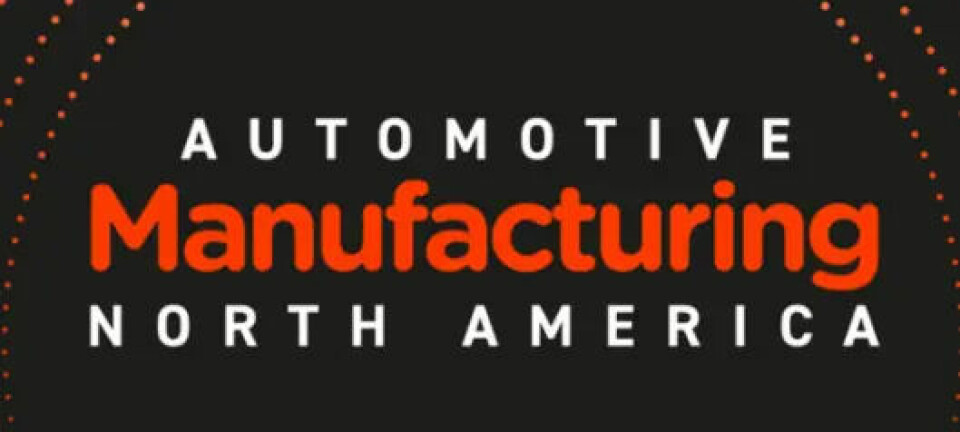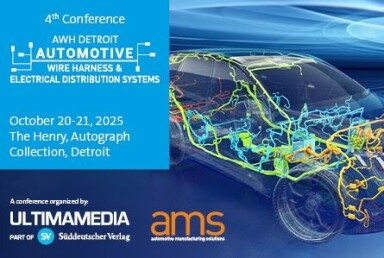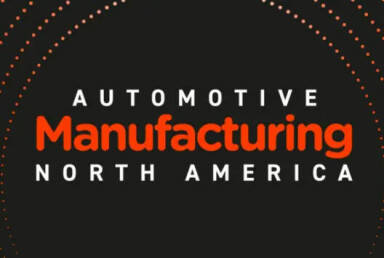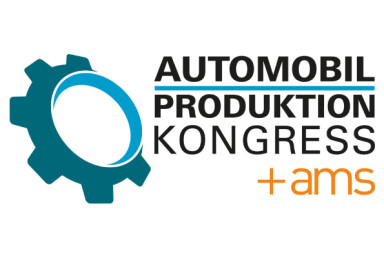Miguel Angel Ferrandez, Gestamp
Welding innovations for large format gigastamped parts
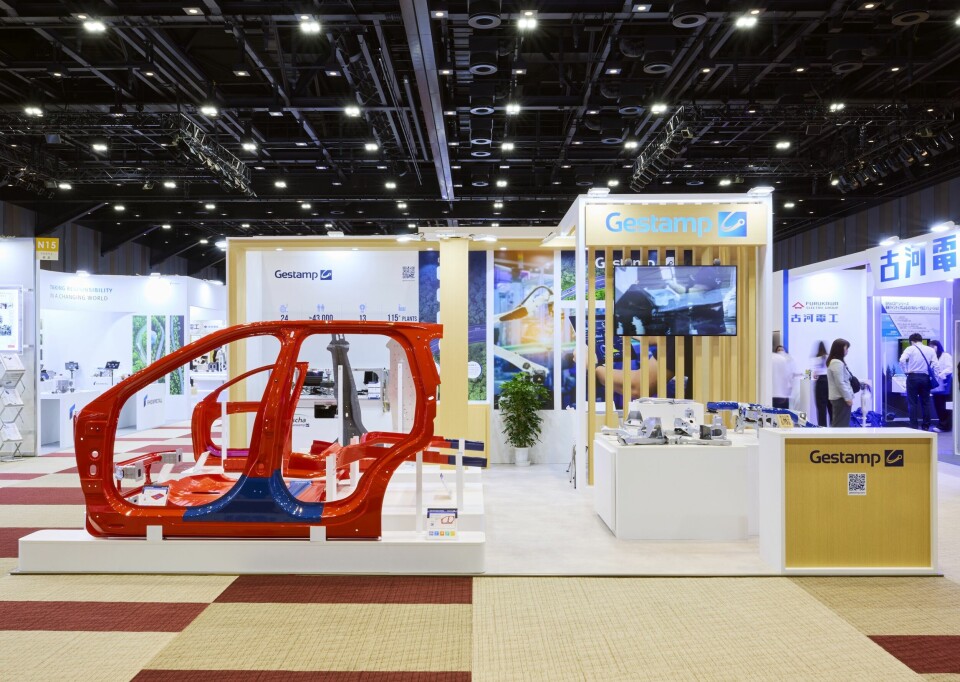
Production of large format gigastamped parts is driving innovations in joining technologies to speedup process times and improve performance and efficiency
Since Tesla championed the use of gigacasting for large-format, single piece structural parts to simplify body assembly, this process has gained traction across the automotive industry, with several OEMs and tier suppliers adopting a similar approach. This uptake has largely been focussed on using cast aluminium parts but there have also been similar developments around pressed steel structures.

Among those is Gestamp, which has been developing and applying its giga-stamping process in the production of larger Body-in-White (BIW) structures, such as door rings, battery trays and roof rings. This process involves hot stamping large laser welded blanks to create the large-format single piece component.
To support the production of gigastamped parts Gestamp has moved beyond traditional welding methods, focusing on advanced welding solutions such as Ges-Wire and G-Weld. The company notes that these technologies have been developed to meet the increasing demands of structural complexity and performance for stamped parts particularly within BIW manufacturing.
AMS spoke with Miguel Angel Ferrandez, BIW R&D Tokyo/Bilbao Material Joining Director at Gestamp about the challenges in producing gigastamped parts and ongoing developments in joining technologies.
Could you offer a short overview of the G-Weld process (technology, hardware-software, applications)?
G-Weld is a laser overlap welding technology developed and patented by Gestamp in 2024. It features a unique G-shaped weld geometry designed to enhance weld strength, precision, and reliability. This process increases welding speed – up to five times faster than traditional methods – while simplifying assembly and reducing production time.
The laser head features a 2D system that is mounted on a robot and enclosed in a fully automatic cell. This offers greater flexibility between different structural part products. Therefore, G-Weld is suited for high-strength steel applications and complex geometries, making it ideal for structural parts like Gestamp´s family of gigastamped overlap product portfolio. The process does not require ablation, which further improves seam quality and supports high-volume industrial applications.
Has G-Weld been developed in direct response to joining requirements in gigastamped parts and what production challenges to these parts present in their assembly process?
Yes, G-Weld has been developed as a direct response to the joining demands of gigastamped parts. These are characterised by large formats, complex geometries, and structural requirements. So, they pose challenges such as the need for high-speed, precise, and non-visible joining areas.
Can this new tecnology deliver joining processes for all areas of a gigastamped part, in applications such as one-piece floor, door ring, or battery box?
These components often include numerous joints and demand precise, reliable joining. G-Weld’s adaptability to high-strength materials and complex geometries ensures strong, seamless joints.
When combined, Ges-Gigastamping and G-Weld offer significant performance and sustainability benefits. On the manufacturing side, G-Weld’s faster and simplified joining process reduces production steps, cycle time, and associated costs. Overall, this combination can lead to a reduction of up to 15% in CO₂ emissions compared to conventional methods, making it a more sustainable solution.
Is the trend towards large-format structural parts continuing? How is this impacting existing bodyshop operations?
There is now a growing need for simpler and more competitive manufacturing processes. Laser overlap blanking, particularly in products like Ges-Gigastamping, requires precise, high-speed, and seamless joining – without visible joining areas. This new welding approach opens new possibilities and has the potential to become a true game changer in structural part design and manufacturing.


